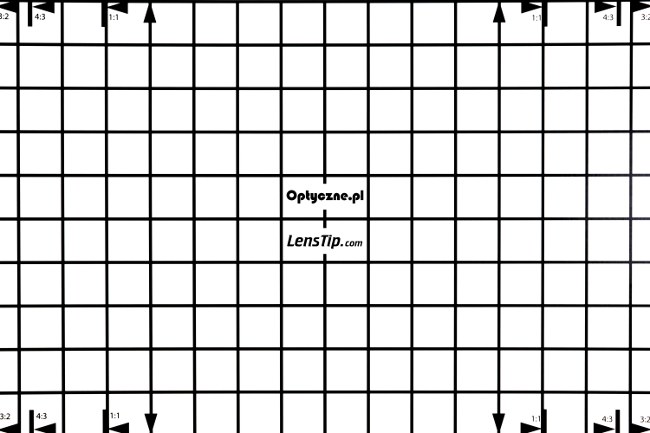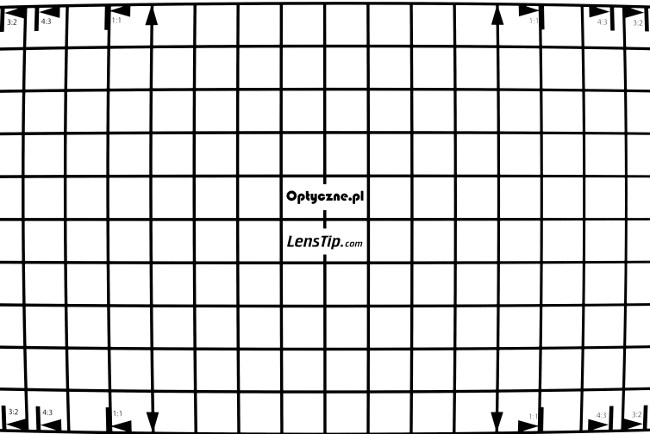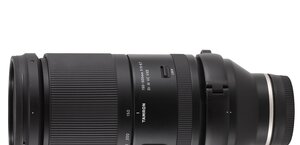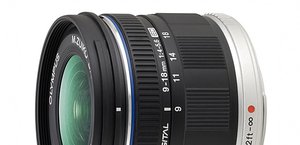Voigtlander Nokton 35 mm f/1.2 X / Z
6. Distortion and field of view
Distortion
When you work with JPEG files distortion remains practically imperceptible. Our measurements show slight pincushion deformations of +0.46%. However, it is interesting that 'pincushion' is a result of the software of the camera that overcorrects the original distortion level. When you glance at neutral RAW files you see barrel distortion of -1.53%.Such a value is nothing new when it comes to a standard lens, quite the opposite in fact. It used to be a result close to typical. Still, most of standards used to be constructed as double gauss and now more complex optical instruments are able to correct distortion a bit better.
Overall a result of -1.5% is not a serious flaw and it's easy to get over it.
Please Support UsIf you enjoy our reviews and articles, and you want us to continue our work please, support our website by donating through PayPal. The funds are going to be used for paying our editorial team, renting servers, and equipping our testing studio; only that way we will be able to continue providing you interesting content for free. |
- - - - - - - - - - - - - - - - - - - - - - - - - - - - - - - - - - - - - - - - - - - - - - - -
| Fujifilm X-T2, 35 mm, JPEG | |||

|
|||
| Fujifilm X-T2, 35 mm, RAW | |||

|
|||
Field of view
A rectilinear 35 mm lens on a 1.5x sensor (so exactly the same as in the Fujifilm X-T2) should provide you an angle of view of 44.1 degrees exactly. The producer declares a value of 44 degrees. We decided to check that claim and measure the real value of the field. In order to do that we took several photos of starry sky in JPEG and RAW formats. Then we transformed the pixel layout (X,Y) into the equatorial coordinate system (right ascension and declination) which locates a star on a celestial sphere. That way we could determine the field of view of the lens with utter precision and in the right way, so for rays of light coming from infinity. The transformation was based on over 60 stars positioned evenly across the frame, with the relative mesh-fitting error of 9 seconds of arc for JPEG file and 11 seconds of arc for the RAW file.In case of the JPEG format the field of view amounted to 43.22 degrees so was a bit narrower than the one in official declarations. Still you should remember that the JPEG format is a tad cropped and distortion-corrected. The value for RAW files was 44.06 degrees, in perfect accordance with declarations of the producer.






